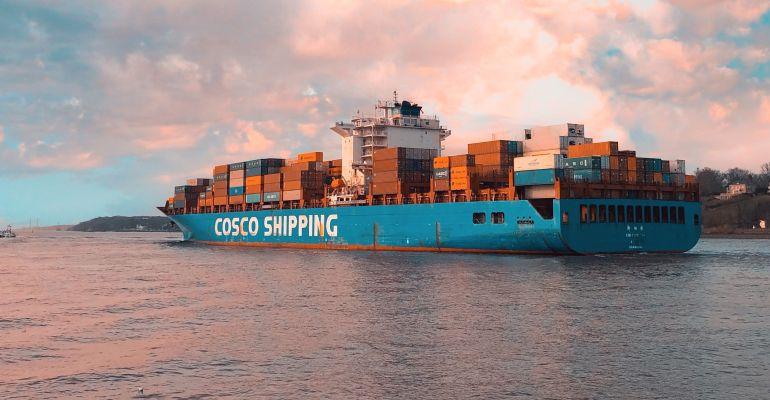Containerships with a collective cargo carrying capacity of 5.3m teu are now fitted with an exhaust gas cleaning system or scrubber to remove sulphur oxides (SOx) from the burning of high-sulphur fuels, thereby complying with the IMO 2020 regulation.
By the start of July, the share of the containership fleet with scrubbers installed exceeded that of the crude oil tanker fleet.
In addition, 56.3% of the current containership orderbook of 1.2m teu will have a scrubber onboard when they are delivered, as well as a pending retrofits of 1.5m teu.
Adding ongoing and pending scrubber retrofits to those that will be onboard newbuilds brings the total scrubber capacity count to 8m teu for containerships (31.6%), 141m dwt for crude oil tankers (30.9%), and 226m dwt for dry bulk vessels (23.5%) once all is installed.
“In order to cut the sulphur oxides emission, shipowners who can afford to buy a scrubber have done so to a substantial extent, with investments predominantly directed towards high consumption ship types,” said Peter Sand, Bimco’s chief shipping analyst.
“Choosing the scrubber option to comply with the sulphur regulation was heavily debated as 1 January 2020 approached. But even with the low bunker fuel price spread between high and very-low sulphur fuels in the current market, it is safe to say that the investments are economically sound.
“However, the payback period on the investment is obviously extended at a price spread of $67 per metric tonne (pmt), compared to an expectedly normalised price spread in the range of $100-200 pmt,” Sand said.
But while the scrubber-fitted fleet of main cargo carrying ship types now counts 2,600 ships, most of the fleet - 20,000 ships - are without a scrubber.
“The debate on scrubber economics is all but gone now, as 2020 is in full swing and focus has turned towards Covid-19, and how that impacts the business. What remains are the economic realities and technical obstacles the industry is dealing with daily,” Sand said.
“Cost savings are essential to all, but despite a considerable share of the fleets now being scrubber-fitted, the largest part of the fleet continues to operate without.”
For the VLCCs and capesize sectors, scrubber-fitted ships as a share of the fleet measured in deadweight tonnes, currently amount to 30%. By year-end, the share is likely to have grown to 35%. For post-panamax (15,000 teu and above) the share has already exceeded 40% and is likely to reach 50% by the end of 2020.
Copyright © 2024. All rights reserved. Seatrade, a trading name of Informa Markets (UK) Limited.
Add Seatrade Maritime News to your Google News feed.  |

